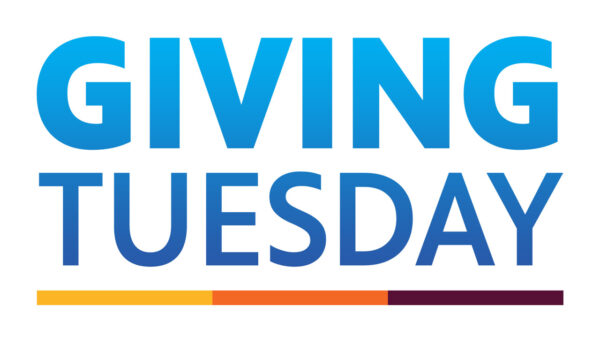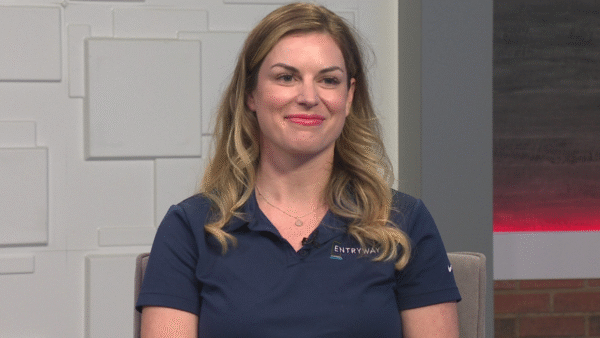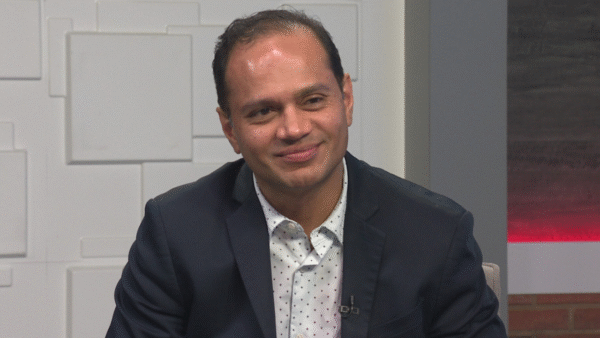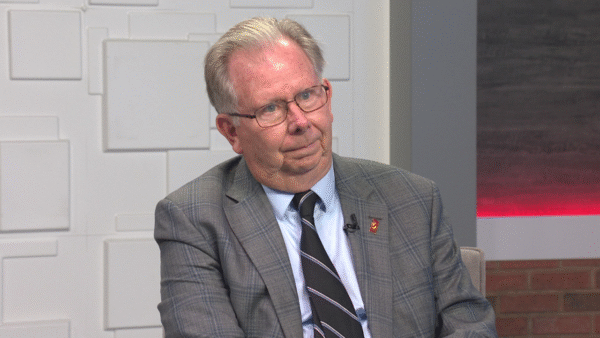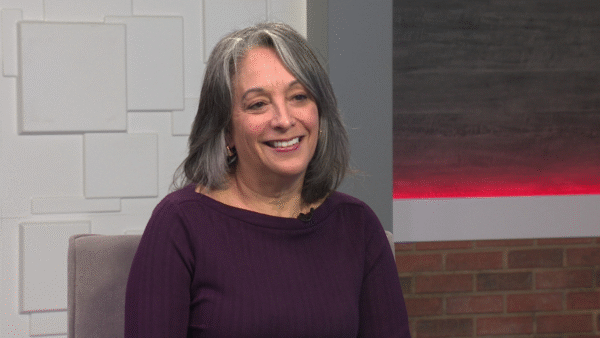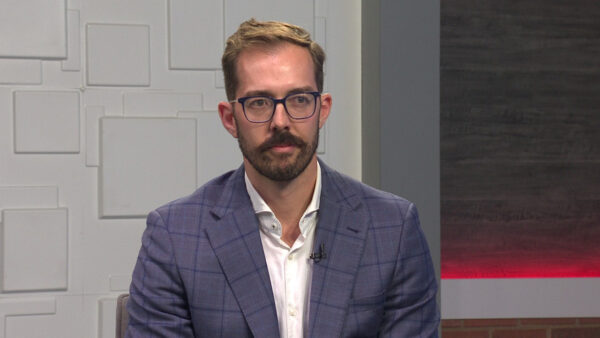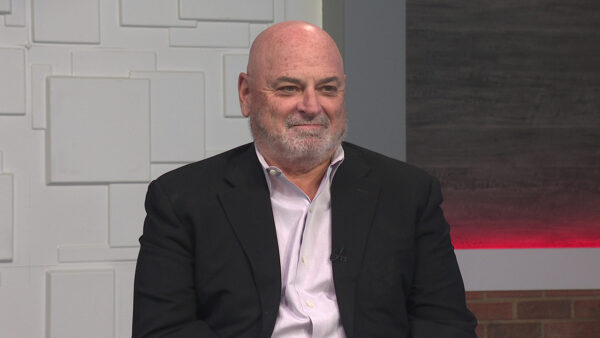ASU studies resilient monkeys on Puerto Rico’s Monkey Island
Dec. 11, 2023
Cayo Santiago, also known as “Monkey Island,” is home to a free-range lab of sorts studying rhesus macaque monkeys. These monkeys share 94% of DNA material with humans. Roughly 1,700 monkeys live on the island and are studied by ASU assistant professor Dr. Noah Snyder-Mackler.
This research island was formed in the 1930s and is off the southeast coast of Puerto Rico. There were 400 rhesus monkeys initially living on this island, and the number is now up to 1,700.
Because of the long-shared evolutionary history, humans share many qualities of our organ systems, physiology, bodies and brains with these monkeys. They also live in social groups very similar to humans, Dr. Synder-Mackler said.
After Hurricane Maria hit Puerto Rico and Cayo Santiago in 2017, it was feared all the monkeys had died, but the rhesus monkey species survived on the island. Despite the odds, only 50 were killed. Why? The short answer is that researchers have no idea. That’s what Dr. Snyder-Mackler and his cohorts aim to find out. What makes the monkeys resilient, and does it translate to humans?
“We sort of assumed as researchers that this was the end of that colony because it was such a big, traumatic natural disaster. But in fact, the amount of death after the hurricane was just a blip on the radar in their entire history. It was nowhere out of the ordinary of animals that died from natural causes over the course of living,” Dr. Synder-Mackler said.
After the hurricane, it was seen that these monkeys became more socially tolerant, meaning they were more willing to share tight spaces than ever before. This could be a potential reason for the mass survival during the hurricane.
In terms of how this research can relate to humans, it was found the hurricane accelerated the age of the immune systems of the monkeys who lived through this event by about eight to 10 human years, according to Dr. Snyder-Mackler.

